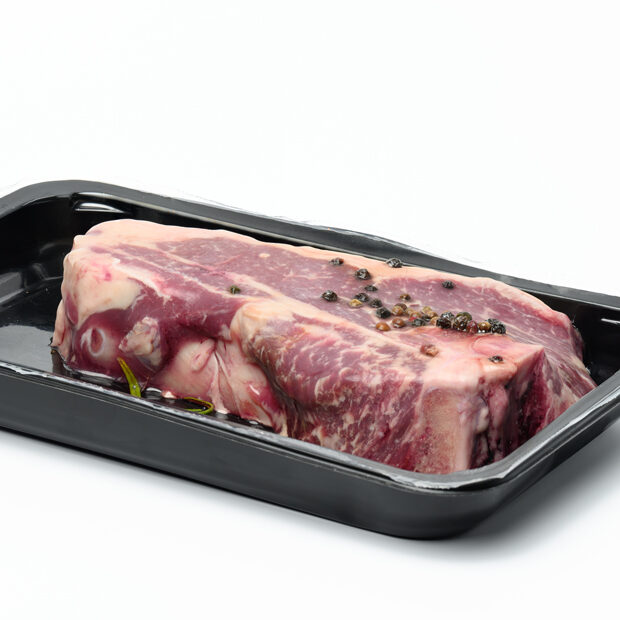

APPLICATION
Application of a preservative on a fresh product
Fresh products have a limited shelf life. Keeping their native quality while extending the sell-by date is a challenge. Recent advances offer a sensible solution to the consumer trend toward natural products.


BASE
Core products
The range of fresh products forwarded to the consumer expands to diced fruit mixes, salads, sliced meat, prepared meals, and bakery. Alterations may come from physical (staling), chemical (oxidation), enzymatic (oxidation), or microbial causes.
RECIPE
Ingredients
Chemical organic or inorganic preservatives: BHA, BHT, sorbates, acetic acid, alcohol, nitrites… They are usually incorporated into the food product, e.g., processed meat.
Microbial cultures, e.g., lactic bacteria, yeast. They can grow and populate the “space,” thus limiting the growth of other bacteria while not being harmful.
Bacteriophages are viruses that can destroy the bacterial population.
The ingredient choice depends on the product’s sensitivity to a specific alteration, which limits the shelf life.
The application of an element is combined with other preservation techniques, e.g., modified atmosphere packaging, to create a hurdle effect against alteration.






RECIPE
Ingredients
Chemical organic or inorganic preservatives: BHA, BHT, sorbates, acetic acid, alcohol, nitrites… They are usually incorporated into the food product, e.g., processed meat.
Microbial cultures, e.g., lactic bacteria, yeast. They can grow and populate the “space,” thus limiting the growth of other bacteria while not being harmful.
Bacteriophages are viruses that can destroy the bacterial population.
The ingredient choice depends on the product’s sensitivity to a specific alteration, which limits the shelf life.
The application of an element is combined with other preservation techniques, e.g., modified atmosphere packaging, to create a hurdle effect against alteration.
PROCESS
How does it work?
It is a continuous operation in the industry. After coating, the product must be airtight packed to prevent the alteration and loss of the preservative itself.
Step 1.
Forming of the packaging, e.g., thermoformed plastic tray.
Step 2.
Filling of the tray with the food product(s).
Step 3.
Application of the preservative.
Step 4.
Closing of the tray.
PROCESS
Coating system
To achieve an even distribution, spraying the preservative is the preferred solution.
PROCESS
Coating system
The spraying system must be positioned between filling and closing on top of the trays.
PRODUCT EVALUATION
How do you measure your success?
Key quality features
The evaluation regards the product as much as the packaging.


Shelf-life
The targeted sell-by date is checked by the test.
Product
The application of a preservative does not affect the product itself.
Packaging
The application does not affect the package: smear, condensation, or sealing zone.
Key quality parameters
The process displays critical factors to control.


Preservative
The choice of the preservative depends on the product substrate.
Dosage
Accurate dosage and application. Homogenous distribution.
Hygiene
Hygiene of the system and operation. Safety and health hazards issues for some preservatives: alcohol, microbial cultures.
APPLICATION
Discover more applications

